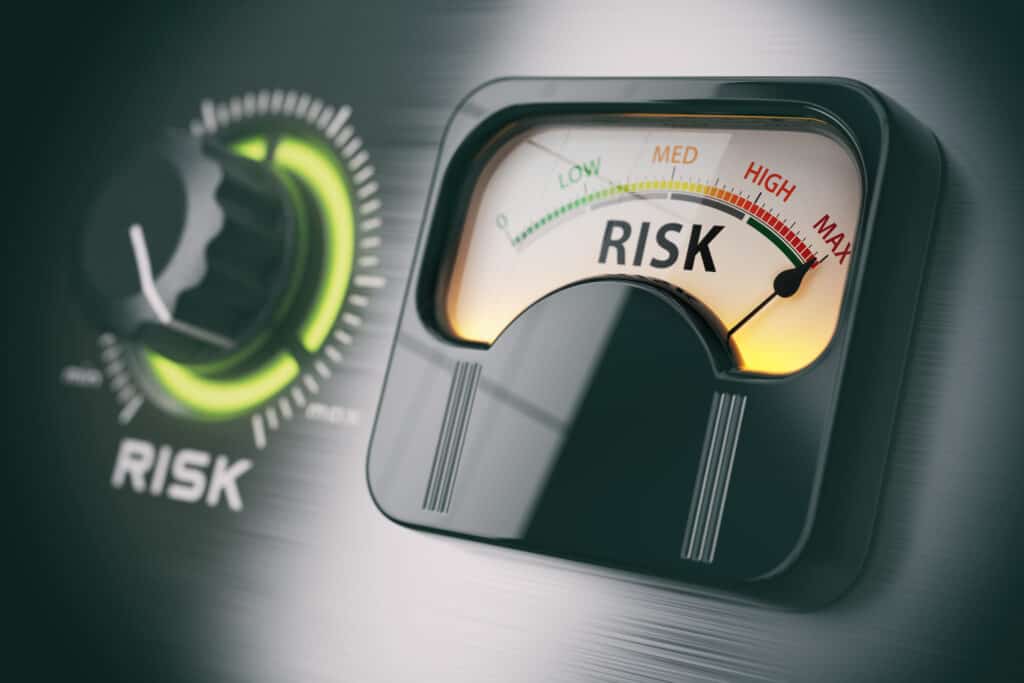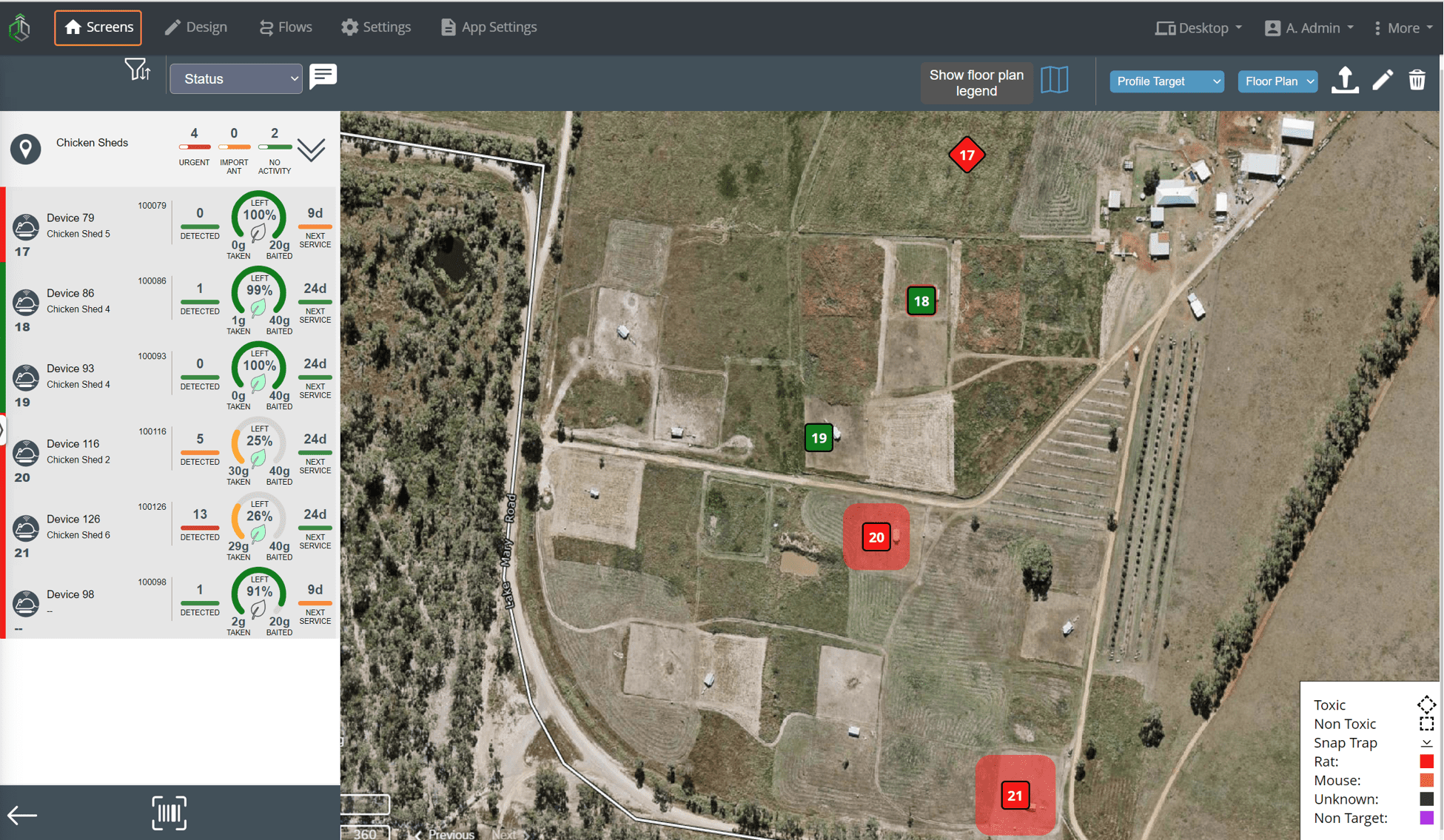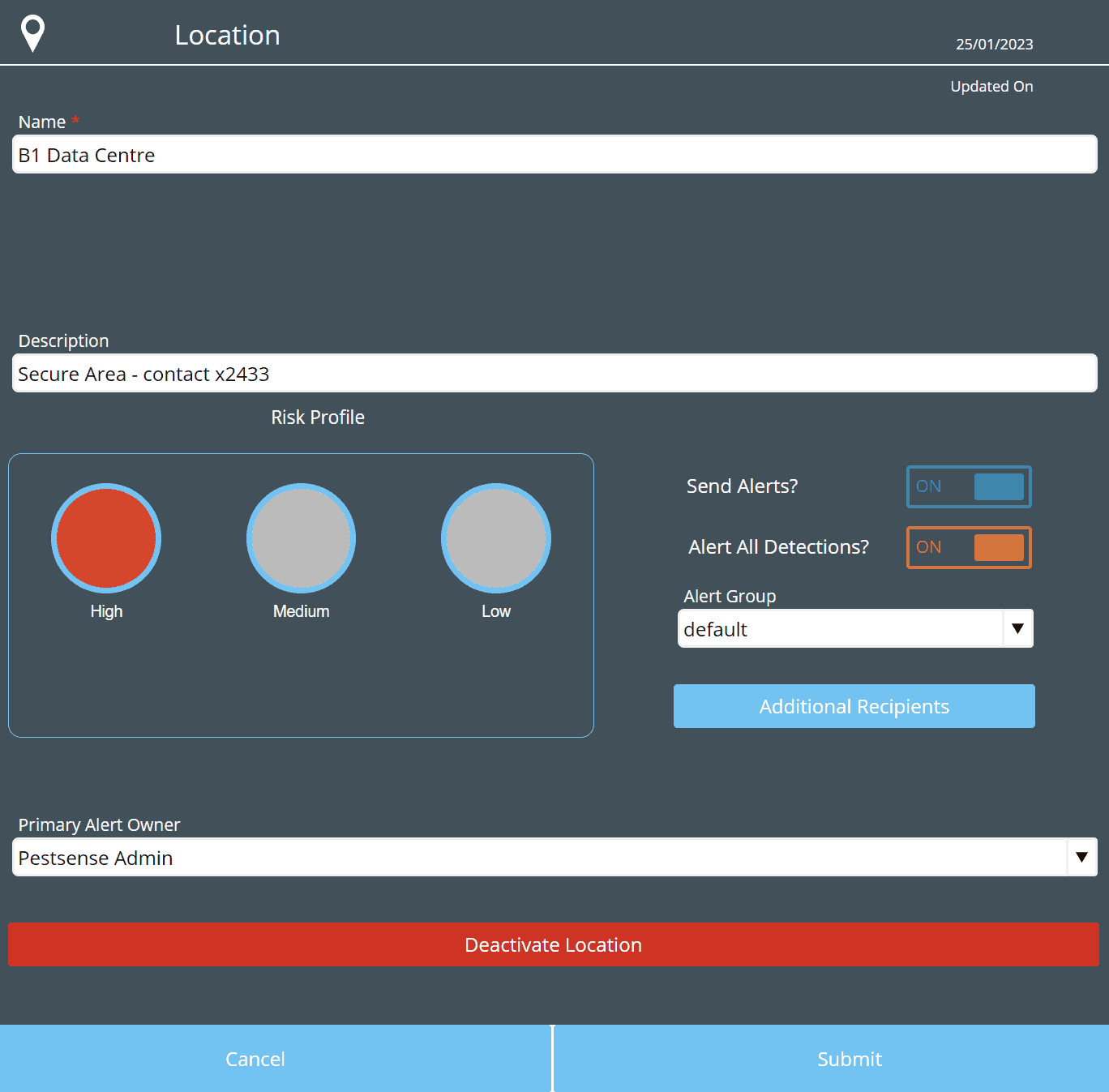Pests can pose serious threats to businesses of all kinds, from agriculture and food processing to hospitality, facilities management and healthcare. They can damage property, contaminate products, harm brand reputation, cause financial losses and of course spread diseases. So how can Smart Pest Management help reduce these unplanned impact risks and enhance compliance and duty of care through health and safety?
Some types of businesses manage risk as a core function, for instance in financial services, where they have to deal with market volatility, credit default, fraud and cyberattacks. These businesses often have a chief risk officer (CRO) who is responsible for overseeing the governance of significant risks and related opportunities. But every business manages risk in some shape or form, for instance general safety risk management to minimise the chance of fires through having the appropriate detection and firefighting equipment, keeping exit routes clear and occasional evacuation drills to practice should the worst occur.
Whilst all businesses may not have a dedicated CRO or a formal risk management framework, they still need to consider their risk exposure. Notably for high impact but low probability events that can have significant consequences, these being less predictable and posing a challenge outside normal expectations and assumptions. Examples of such events are natural disasters, pandemics, terrorist attacks or technological failures, however a rodent chewing through a critical power supply or data cable can similarly cause significant unexpected damage.
If the risks related to pests are not considered and managed there are obvious exposures to product damage & disease, also a mouse running across reception or around workers’ desks, causes a great deal of business interruption and cost. Moreover, in this socially connected world, there can be reputational damage resulting from pest related problems appearing in the public domain; video clips of rats or mice running around food environments are not the best advert. Who’s going to rush to a restaurant that has recently received unwanted publicity about a pest infestation?



